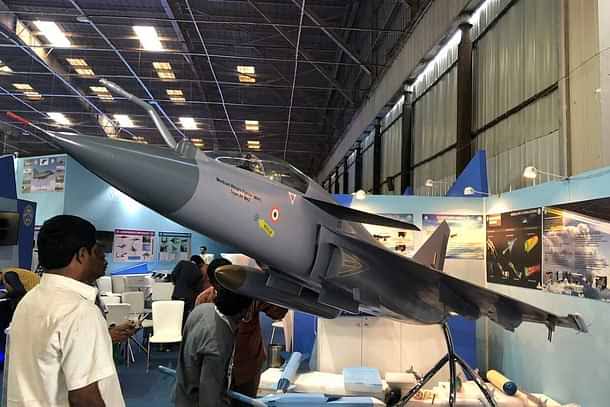Two New Sensors for Tejas Mk2

The TEJAS MK-2 is future work horse of the IAF is likely to go for production by 2027-2028.
In case by March 2031, IAF has three Squadrons of TEJAS Mk2 in service along with 10 Squadrons of Mk1A and two Squadrons of TEJAS Mk1 then HAL will have done it’s job.
The TEJAS MK-2 will have two new sensors that differentiate it from the TEJAS MK-1A: the Missile Approach Warning System (MAWS) and the Infrared Search and Track System (IRST).
These sensors are being developed by the Instruments Research and Development Establishment (IRDE), a part of the Defence Research and Development Organisation (DRDO).
The new sensors will be integrated with other advanced avionics, including an AESA radar, unified electronic warfare suite, and a digital flight control computer.
The TEJAS MK-2 will also feature a redesigned cockpit with a touch-sensitive wide area display and a holographic head-up display.
MAWS or missile Approach Warning System provides 360-degree coverage around the aircraft, allowing for autonomous detection, tracking, and automatic cue generation for approaching missiles.
It can detect multiple threats with a low false alarm rate and initiate automatic countermeasure cueing. Six MAWS will be mounted on different parts of the MK-2.
The IRST or Infrared Search and Track System is a long-range, dual-band system capable of tracking multiple targets and handling air-to-air and air-to-ground target tracking.
The design of the IRST is similar to the Passive Infrared Airborne Track Equipment (PIRATE) IRST system used on the Eurofighter Typhoon.
The IRST will provide coverage of +/- 80 in azimuth and +/-40 in elevation and can track a target not using after burner from 50 km and from 100km.
The sensors are currently in the trial stage, with completion expected by December this year. Six MAWS will be mounted on different parts of the MK-2, and IRST will be on the front of the aircraft.




